A Cajun Summer
A Cajun Summer tells the story of a unique musical migration - of French music to North America and its evolution from classical to Cajun!
As you may know, music has changed a lot over time. As French explorers and immigrants traveled to the North American colonies, they brought with them traditional French ballads, like O Magali. In the New World, these tunes combined with other styles and cultural influences, and with time they became what we now know as the Cajun style.
This show traces that migration of French Baroque music across the Atlantic to Nouvelle-France ("New France"). After landing in Acadia - the area now including eastern Quebec, the Maritime provinces, and Maine - we'll follow it as it sails down the Mississippi River with the North American fur trade and arrives in Cajun Country and La Nouvelle-Orléans.
Complete with historical banjos and dueling violins, this will be a gumbo-chuggin', throwback boozin', Mardi-gras dancin' good time unseen elsewhere in North America.
Wait. What does Cajun music have to do with Baroque music?
We're glad you asked! Fiddlers that know Baroque music and Cajun style may notice a few similarities. First, both feature similarly asymmetric melodies. Second, Cajun fiddlers sometimes tune their strings as low as a whole step lower than what most classical musicians do today, and that's what many French Baroque string players did back in the 17th century. Third, there's a certain "swing" in both styles that mimic the French language; in French Baroque music, this was referred to as "notes inégales." There's a lot more to it than that - stay tuned for more posts along the way - but those similarities are a good start.
Media
Thanks to the Church of Beethoven - Oak Park for the videos!
Jean Baptiste (J.B.) Gator
Coming soon! The official mascot of A Cajun Summer!



